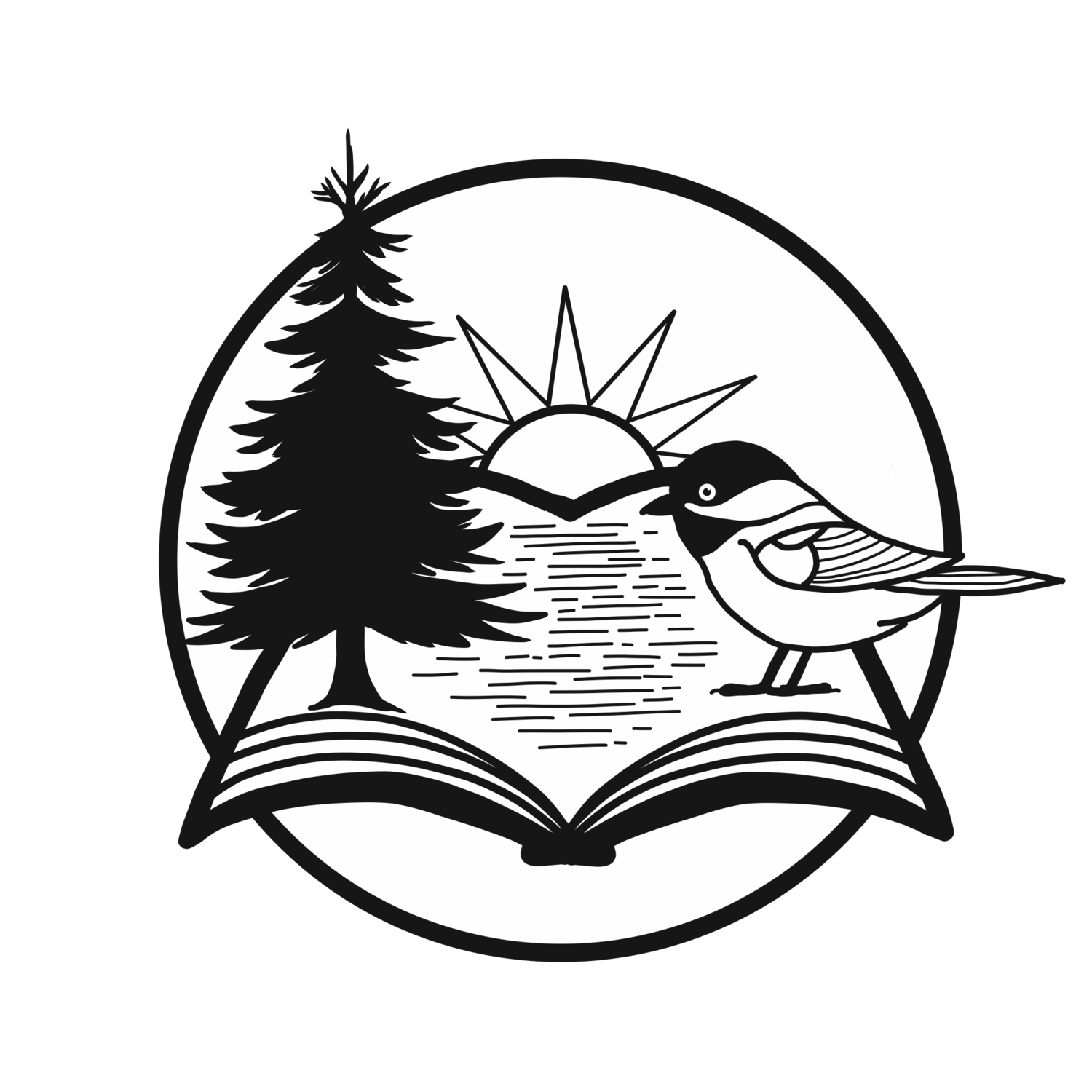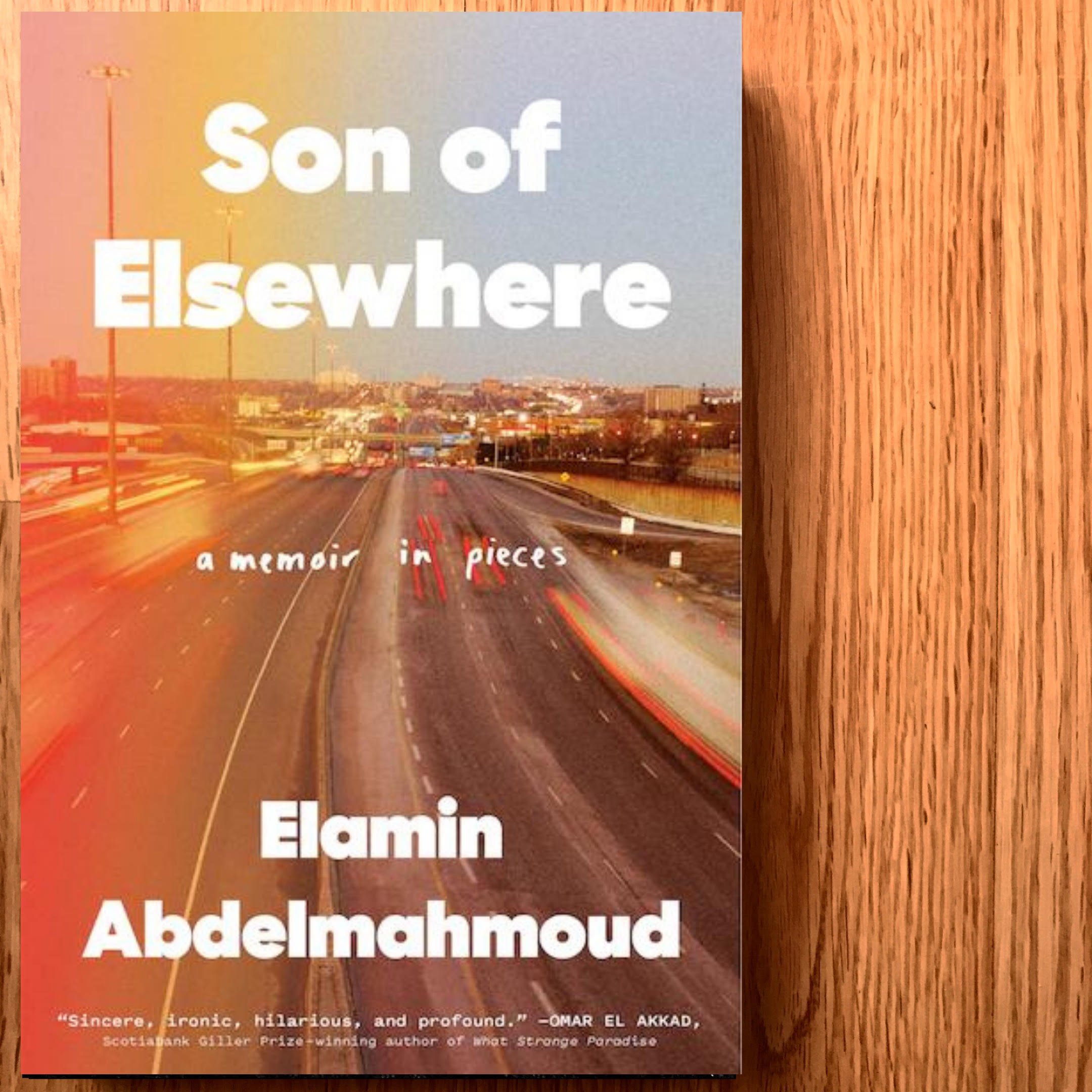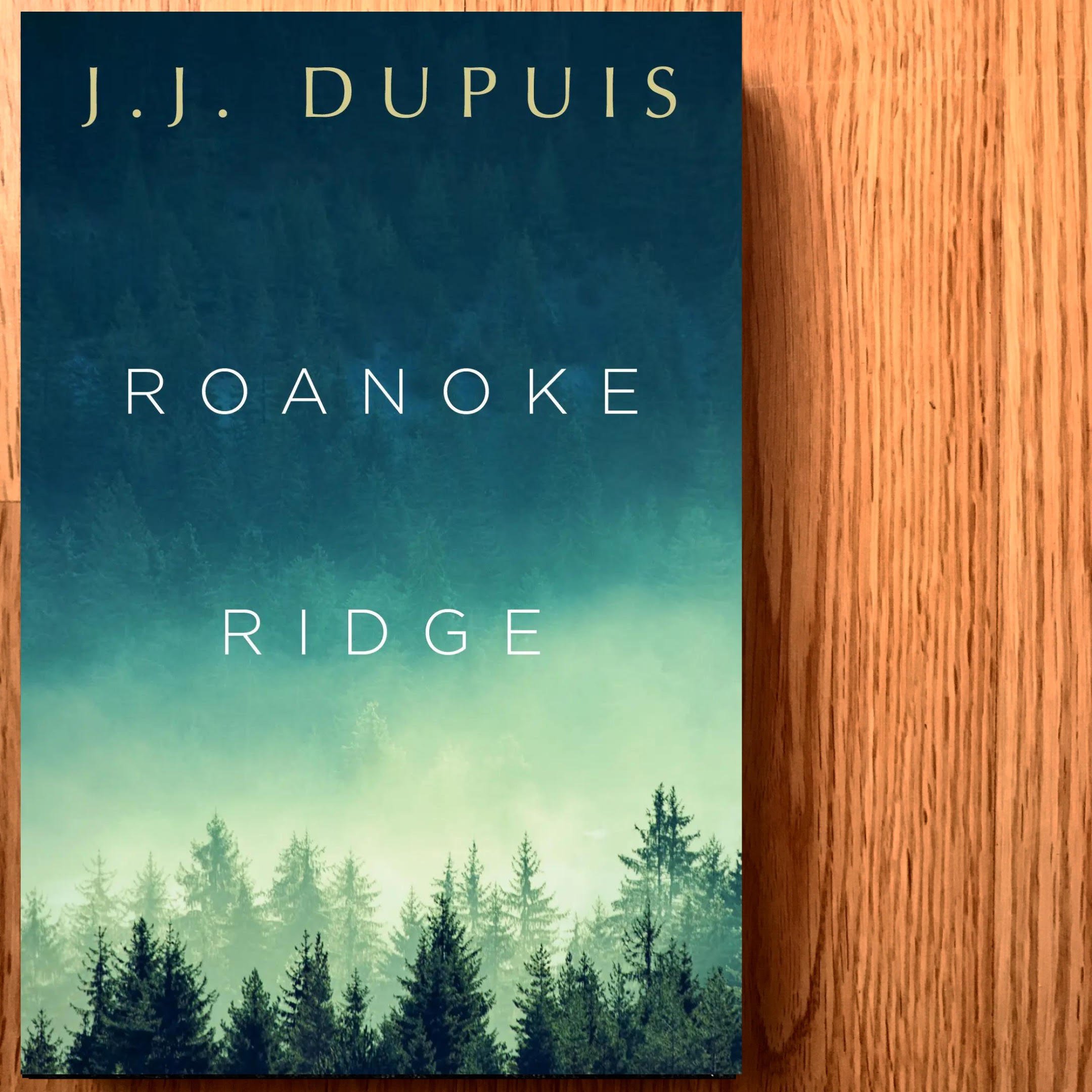By Dahl Botterill
Content warning: violence, gore
Something is Killing the Children opens with a sleepover. Boys goofing around, playing truth or dare, telling scary stories. Things ramp up quickly though, and by the next morning only one of those boys remains alive, trying to explain the unexplainable to local law enforcement. He’s scared and possibly in shock, so he tells them he didn’t see anything. After a day of abuse at school from kids who think he had a role to play in the tragedy, he’s approached by an odd, wide-eyed young woman who asks him to tell her everything he remembers and promises that she’ll believe every word. “No matter how weird it is. No matter how scary.” Her name is Erica Slaughter, and she hunts monsters.
Book one of Something is Killing the Children collects the first 15 issues of the ongoing comic series into one oversized hardcover volume. It covers Erica’s experiences in a town called Archer’s Peak, and over these 15 issues Tynion introduces enough characters to really breathe life in to the town. Archer’s Peak is made up of people, and those people lend a real gravity to the events taking place. The missing and murdered children have families, and those families don’t always make Erica’s job easier.
James Tynion IV does a great job of worldbuilding here; not only does he create the very alive and mourning town of Archer’s Peak, but he also provides hints as to Erica’s origins with the Order of St. George’s House of Slaughter. Something is Killing the Children is the best kind of slow burn, where the pacing is solid, generating a better story through detail, exploration, and character development rather than rushing from one action sequence to the next. The immediate tale of Archer’s Peak clearly benefits, but so does the series potential in general. Smart writing ensures that much of the fine and fun detail serves both purposes simultaneously, benefiting both the immediate arc and the ongoing series without overwhelming the reader with information unnecessary to either.
Werther Dell’Edera handles the art side of Something is Killing the Children, and he is a very suitable choice. His rougher drawing style doesn’t always feel as polished as some other titles, but it does a phenomenal job of conveying emotion, and in doing so is one of the ways the book really hooks the reader into the pain and loss of Archer’s Peak. It feels very primal, which is a fantastic fit for a book about monsters and people and the fine lines that separate some of them. The art carries emotional weight, and that lends power to the book’s impact.
This isn’t a book that will necessarily grab the reader by the throat from the first pages, but it will quietly tap their interest, and begin to put down roots. As it grows and swells over its duration into something bigger than it initially seems, Something is Killing the Children becomes not only a really great horror comic, but a great book as well.





















